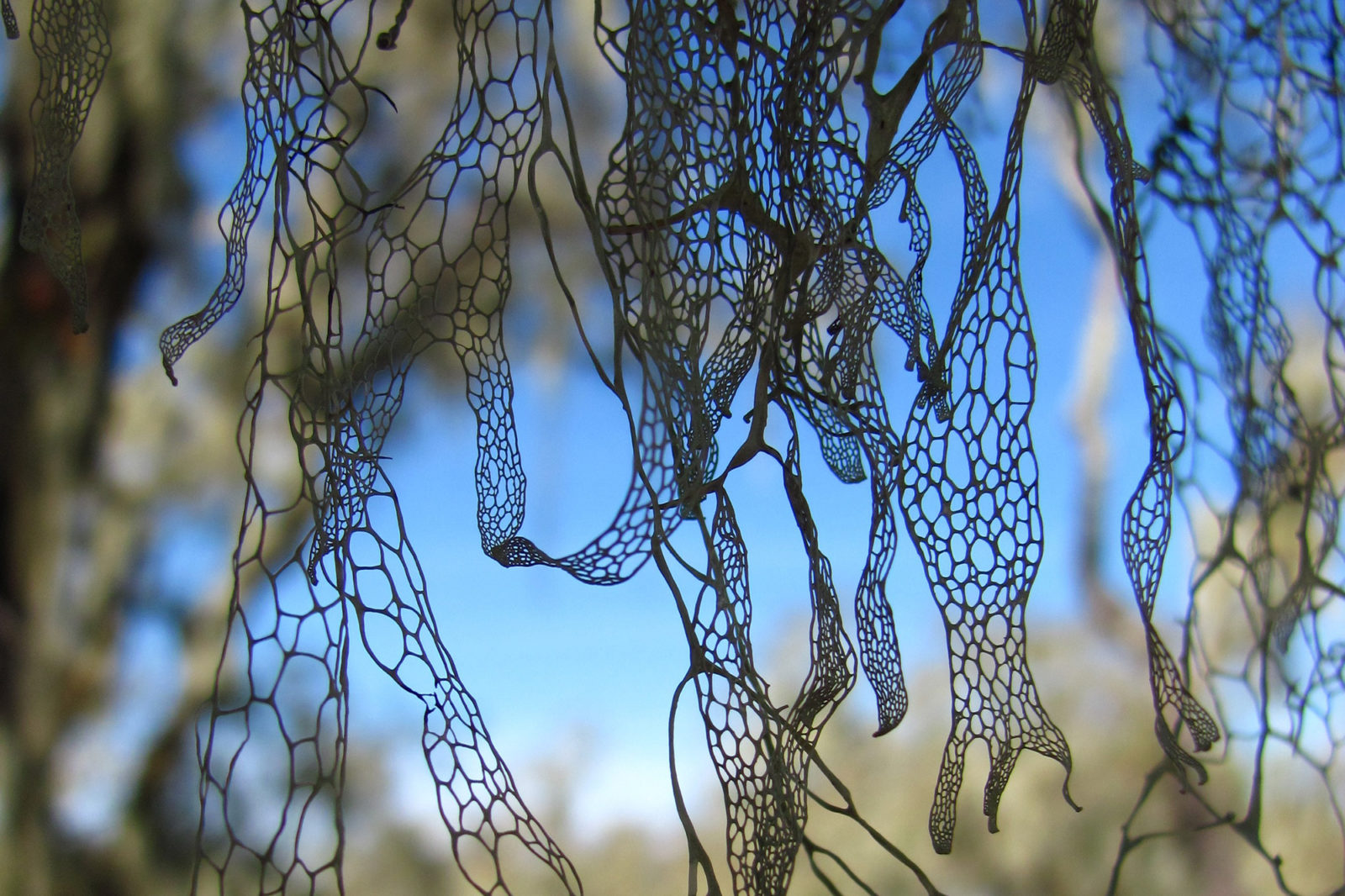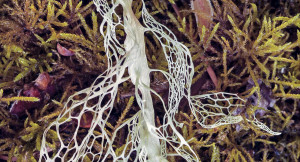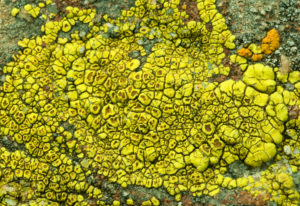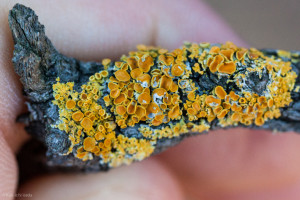What are the long stringy plants I see hanging from some trees? They look like Spanish Moss but I’ve heard that doesn’t grow in California.
Spanish Moss conjures a romantic vision of softly swinging festoons on gnarled oak branches. Such drapery is often encountered here on our Northern California trees, sometimes subtly framed by our beautiful fog, lending even more beauty to our outdoor environs. Because it looks so similar, it is easy to think this native dangling gray-green growth is the same living organism known as Spanish Moss*.
*Spanish Moss is not a moss at all, making this subject more confusing. It is a Tillandsia, an epiphytic flowering plant belonging to the Bromeliad family. Not found in California, its native range is from the American South (hence all the Southern Gothic romantic images) to South America. If you want to go to even more metaphysical levels, its scientific name is Tillandsia usneoides. ‘Usneoides’ refers to the Beard Lichens (Usnea), which is in our native landscapes.
Our version is something even more exciting than Spanish Moss — often what is festooning our oak and other trees is our state lichen, the lace lichen — also known by its scientific name, Ramalina menziesii. If you take a closer look at it, the lichen grows in amazing patterns with fine reticulated nets. No two strands look alike. Sometimes beard lichens are mixed in with lace lichen or hanging by themselves on branches. You can tell them apart by the laciness; lace lichen really does look like lace. Beard lichens, scientifically known as Usneas, have more of a branching structure. If you pull on a beard lichen, there is a stretchy elastic inner core inside.
Lichens are not vascular plants but fungi with at least one photobiont partner, such as an algae or cyanobacteria. (Lately a recent discovery was made that there may be multiple partners, including yeasts, helping to create a lichen species.) Vascular plants such as oaks or pines provide a purchase for lace lichen and other lichen species by creating a stable surface on which they can grow. Where moisture and fog abound, lace lichen is often dripping from the branches. It is easy to see how these lichens can help capture fog drip for vegetation, and they likely help create or capture micro-nutrients for the vascular plants they grow on. It may seem like a heavy population of lichen threatens the health of a plant, but it is actually more harmful to remove the lichen from a plant.
Lichens also provide cover and food for animals. Often a hummingbird will skillfully weave lichens together to camouflage its nest, and many moths have patterns mimicking the lichens they hide in and their larvae eat. Lichens have medicinal purposes as well. Studies are on-going for antibacterial properties. Often lichens are indicators of air quality; a preponderance of maritime sunburst lichen, Xanthoria parietina, can indicate poor air quality. Similarly, if pollution-sensitive species such as the coral lichens are present, then the air quality is usually high.
California is the only state currently with a state lichen. In addition to its beauty, lace lichen was chosen because it is common within a wide range within the state of California and it is easily identifiable. Hopefully other states will follow our lead and recognize the important role lichens play in ecosystems.
I hope you have a chance to get outside soon to check out the incredible patterns that lace lichen makes. If you find lichens (they are everywhere), you might also run into some of our other very charismatic flora; the bright orange lichens from the Teloschistaceae family or the Hypogymnia lichens that create cool tube structures. One of my favorites is the gold-eye lichen, which sports “eyelashes” around its eye-shaped apothecia, reminiscent of a Little Shop of Horrors denizen. I love finding a whole mix of species creating a miniature landscape on just a small branch or rock.





